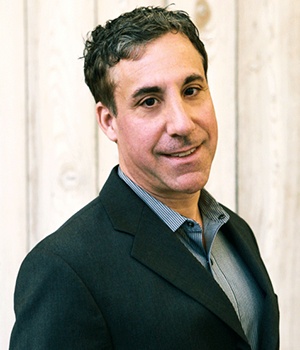
This week, a quiet revolution began—one that has the potential to redefine how state agencies manage, analyze, and act on their data.
OpenAI has announced that ChatGPT now seamlessly integrates with key platforms like Google Drive, Dropbox, SharePoint, and, for the first time, HubSpot.HubSpot’s inclusion as the inaugural CRM partner in OpenAI’s “Deep Research” feature signals a major step forward for organizations looking to unlock the full potential of their information ecosystems.
At Tapp Network, we believe this advancement is especially significant for government agencies committed to modernization, transparency, and efficiency.
Here’s what you need to know:
State agencies—including Departments of Health, Education, Labor, and Transportation—are under increasing pressure to drive efficiency, revenue, and measurable community impact. The HubSpot Deep Research connector is now available to all HubSpot customers with a paid ChatGPT plan (Enterprise, Team, Pro, Plus, or Edu), enabling government teams to conduct advanced analysis, test program hypotheses, and uncover actionable insights using natural language—no coding required. Agencies can connect their HubSpot CRM data to ChatGPT in a few clicks, empowering staff at every level to analyze contacts, cases, and programs with doctorate-level research capabilities.
Health agencies can use the connector to identify fast-converting engagement personas for vaccination drives, analyze health campaign effectiveness by region, and detect emerging public health trends. This allows for targeted outreach, improved health outcomes, and more efficient allocation of resources.
Education departments can segment outreach by source—such as parent engagement, student participation, or teacher feedback—then optimize communication workflows for higher enrollment or program participation. The connector helps uncover which initiatives drive the greatest student impact and supports data-driven funding decisions.
Labor agencies can analyze pipeline friction in workforce programs, track job placement rates, and forecast demand for training initiatives. By flagging at-risk participants and identifying high-performing programs, agencies can maximize employment outcomes and streamline resource deployment.
Transportation departments can use AI-driven insights to forecast service demand, analyze seasonal trends in ridership or road usage, and optimize maintenance schedules. The connector enables staff to pinpoint bottlenecks, improve project planning, and increase public satisfaction with transportation services.
All of this happens within a secure, permission-based environment that respects existing HubSpot access controls. Data remains protected—HubSpot customer information is not used for AI training, and users only see what they’re authorized to access. The connector is currently available in the web version of ChatGPT, supporting agencies’ needs for trustworthy, easy-to-use AI tools.
The new integration between ChatGPT and HubSpot offers government agencies a powerful way to enhance operational efficiency, boost revenue streams, and increase civic impact. By enabling staff to ask complex questions and receive detailed, data-driven answers without technical barriers, agencies can make faster, smarter decisions that directly benefit the communities they serve.
This isn’t just about new features—it’s about a shift in how government agencies interact with their digital infrastructure. ChatGPT is evolving into a central hub for all your agency’s data and applications.
Think back to previous technology shifts:
Each transition has brought new opportunities for agencies that were ready to adapt. Today, we’re entering an era where AI serves as the gateway to every tool and dataset your agency relies on.
With AI as the new interface, government staff can access insights and take action without switching between multiple applications or struggling with complicated systems. The result?
Schedule a free consultation with Tapp Network to discover how integrating ChatGPT with your existing platforms can drive real, measurable impact for your team and your constituents.

Joe DiGiovanni, a purpose-driven entrepreneur with a background in behavioral science and marketing technology, co-founded Tapp Network, driving digital transformation for government agencies, Fortune 100 brands, and communities seeking to scale social impact through innovation.